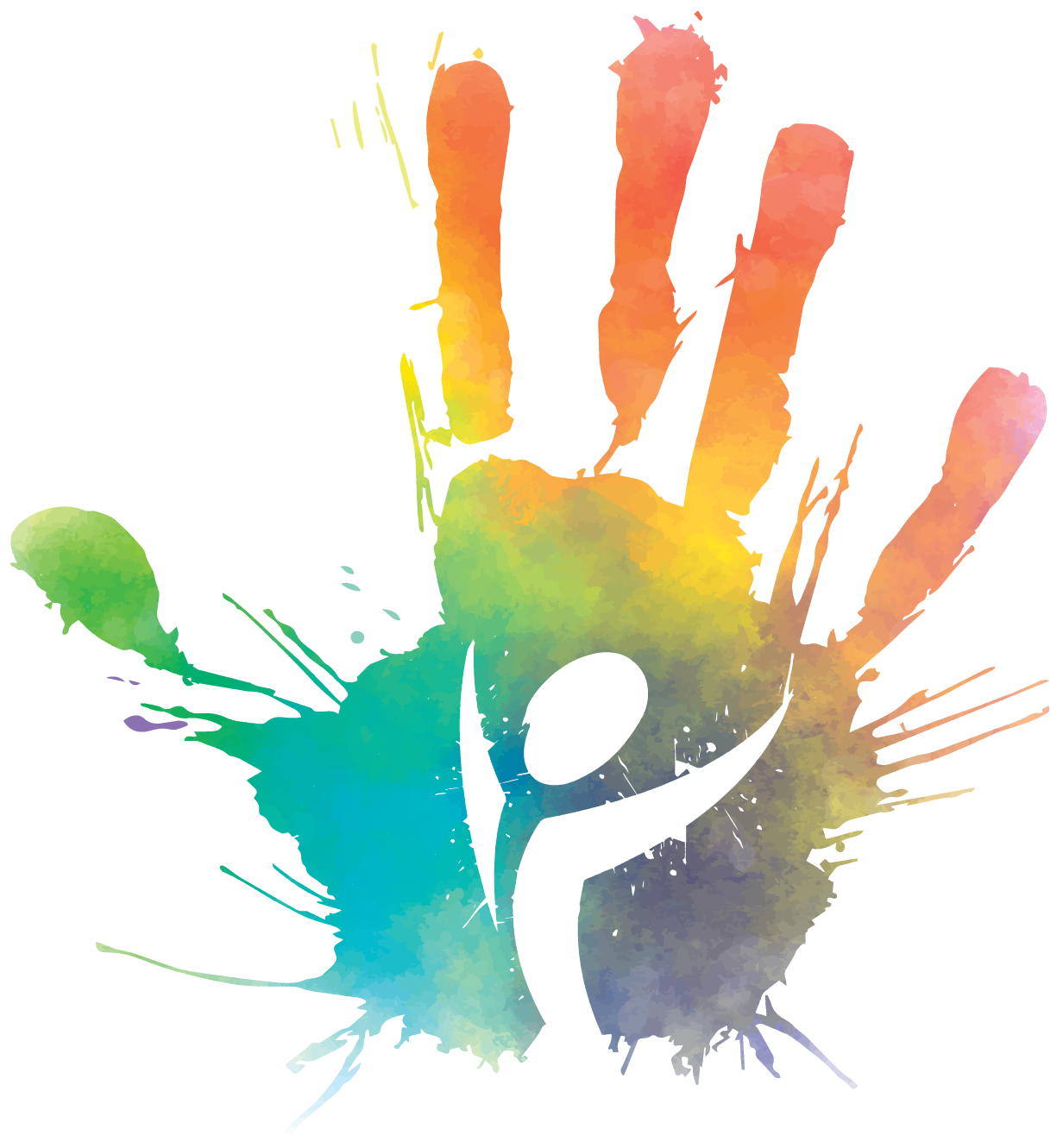Community at Large,
Having been in a fear-provoking pandemic mindset the past few years and feeling like we finally started making some progress of sorts, I understand the fear when we hear about a “new” infection.
Let me start by giving a little background. Monkeypox was first identified in the 1950’s in Monkeys (hence it’s name) and the 1970’s in humans and has been endemic in many parts of Africa with occasional small outbreaks outside Africa since it’s detection. This virus is similar to the eradicated Smallpox virus which was done successfully with the help of vaccination (more on this later). In Africa, Monkeypox has been fatal in 10% of people infected which is quite high. As with any “new” infection, the news tends to sensationalize the story a bit, but in doing so brings awareness that we wouldn’t have otherwise.
Monkeypox is transmitted via close contact, such as through direct physical contact, exposure to large respiratory droplets (think sneezing, coughing), or through contact with fluids (semen, vaginal, blood, saliva, etc) from an infected individual to eyes, nose, mouth or through broken skin. Given the time frame from exposure to symptom onset being on average 7-14 days (but can be 5-21 days), you can understand exposures might happen before someone knows they are infected. It’s important to be able to recognize symptoms immediately to help decrease this risk.
Monkeypox is hallmarked by the same symptoms as many other conditions including fever and chills but also has a special rash that looks similar to blisters (which can present on the body, genitals, anus, and/or hands), and usually always swelling of lymph nodes of neck/arm pit/groin areas. Those that have received the smallpox vaccine (which was discontinued in 1972 and often left a “scar” on the arm afterwards) does have about 85% protection against Monkeypox due to the similarity of the two. The Monkeypox and Smallpox viruses are not related to Chickenpox or Shingles as some might have heard, and infection or vaccination to either of these two are not protective against Monkeypox or Smallpox.
Unlike the initial period after COVID when we did not have treatment, we do have some treatment options for Monkeypox if you are to be infected, but many options would have to be administered in a hospital setting as they are not readily available in pharmacies or primary care offices. Remember that with a 10% fatality rate, we need to make sure we act quickly. There is a vaccine that is available for Monkeypox as well but is not available to the general public, yet, so prevention is key right now.
As with many infections that are transmitted via close contact, the LGBTQ+ community can be unfairly stigmatized. As many may know (and some many not), our community is very close, and over the summer Pride Season, have many larger gatherings which can increase transmission risk and likely is contributing to the higher infections seen among LGBTQ+ members. Ways we can help protect ourselves and others is by making sure we know the symptoms listed above to quickly identify if we might have been exposed so we are able to see a doctor to be evaluated before we potentially expose other people. In addition, it’s important to remember that decreased direct physical contact and consistent hand washing is helpful to reduce spread.
I know this can bring back fears which many still have but together, we can get through this as we have done with so many other challenges. Please reach out to your primary care provider or a member at Southwest Center for more information. Additional information can also be found on the CDC which routinely updates at https://www.cdc.gov/poxvirus/monkeypox/index.html.
Randy S. Gelow II, MD, AAHIVS
Medical Director
Southwest Center
1101 N Central Ave, Suite 200 | Phoenix, AZ 85004
